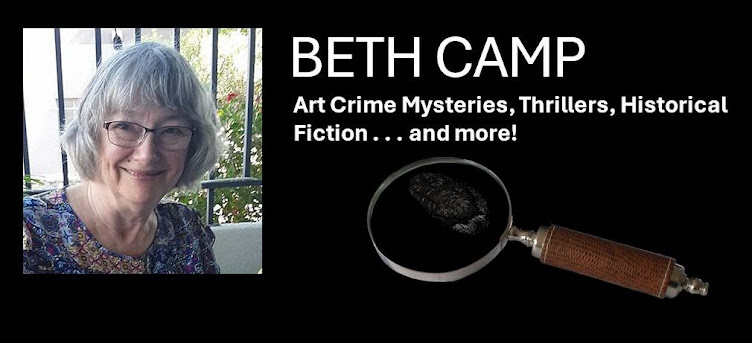 As I continue thinking about the fur trade era, I thought today's topic might be the Upper Fort Garry, that jumping off post to the west, located where the Red and Assiniboine Rivers converge. Paul Kane visited here on his way west in 1846.
As I continue thinking about the fur trade era, I thought today's topic might be the Upper Fort Garry, that jumping off post to the west, located where the Red and Assiniboine Rivers converge. Paul Kane visited here on his way west in 1846.Instead, I waffled. Perhaps 'uncertainty' would be a better starting point.
At many points in traveling from York Factory to Fort Vancouver, the fur traders slept with uncertainty, especially as they traveled through Blackfoot Country and the Plains, where long-held hostilities between the Cree and the Blackfoot made night raids and outright fights possible. Not all Hudson Bay Company posts were secure. Paul Kane reports in his journal that their clothing was stolen in the night by such a raiding party, when few of the brigade had clothing to spare.
But then I found this snippet in researching a little more about the Blackfoot people, a topic that teases me since my grandmother once said I was certainly of the Blackfoot tribe. I was never sure what she meant.
According to Peter C. Newman's classic study Caesars of the Wilderness, the term 'firewater' came about when fur traders began to exchange rum for furs in the early 1800's.
Of course, competition was intense between the Hudson's Bay Company and the Northwest Trading Company. I've read elsewhere that the Hudson's Bay Company took the higher ground, not wishing to sell alcohol to the natives. Perhaps. Newman suggests that American traders had large, military forts to protect them when the results of drinking led to a rampage. In Canada, the trading posts were small, understaffed, and militarily barely defensible. As the demand for alcohol increased, trading became more profitable because the ability of Indian traders to negotiate decreased.
Back to the firewater. Newman reports that the Nor'Westers (the Americans) would mix 9 gallons of 132-proof Caribbean rum with 30 to 70 gallons of water, depending on the market. For the Cree, they used 3 to 4 parts water; for the Blackfeet, the traders used 7 to 8 parts water (110). Very quickly, natives learned to test the watered rum by spitting on a fire. If the fire flared up, the proof was good. If the rum had been watered down too much, the fire would go out.
And that's how the term 'firewater' came about.
Alcohol was also an issue for the fur traders -- isolated posts, drinking as a reward, tots as rewards for hard work or holidays. Hmmmn. I have seen the devastating effects of alcohol during my growing up years, when uncertainty ruled each weekend. I can only imagine the 19th Century in Europe when clean water was routinely tainted. Those fur traders must have had a taste for alcohol.
See Peter C. Newman's Caesars of the Wilderness for a fascinating study of the fur trading era. Also, if you are interested in which term is preferred when referring to native peoples, see Dennis Gaffney's post, "American Indian or Native American."
Tomorrow, we followers of the Blogging A to Z Challenge will write something related to "V" in this last week. I don't know yet what I will write about . . . maybe the voyageurs.
 |
| Upper Fort Garry 1884 Source: Wikipedia |

No comments:
Post a Comment